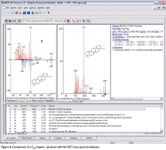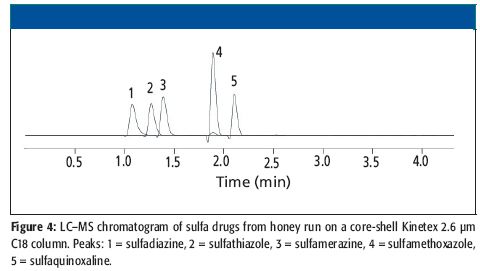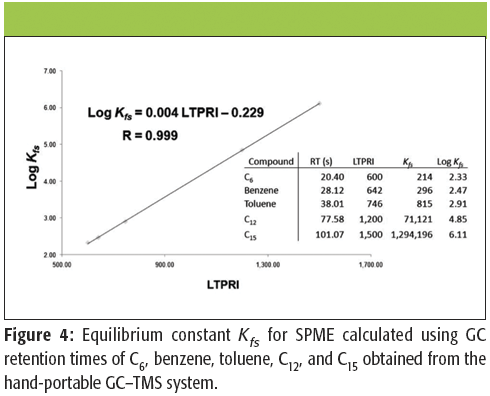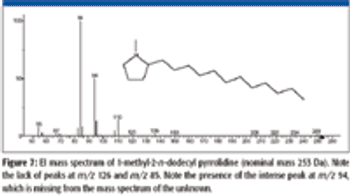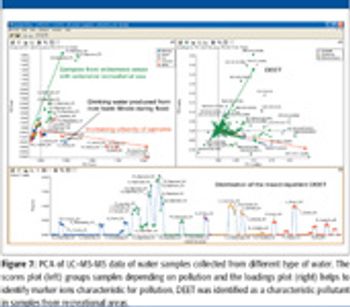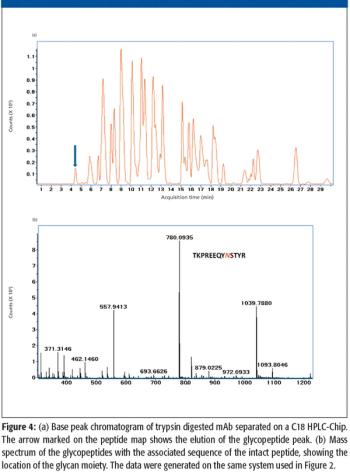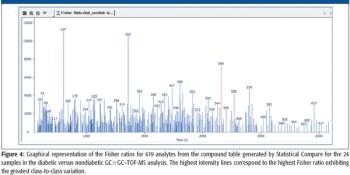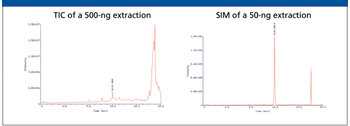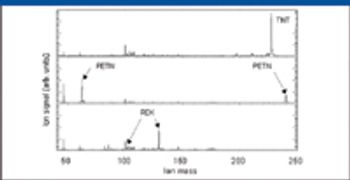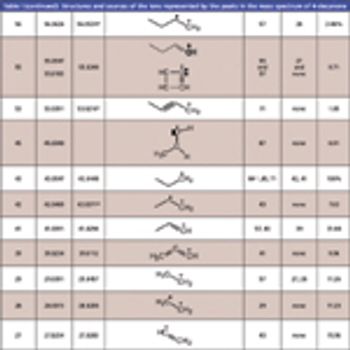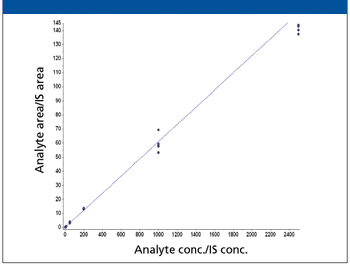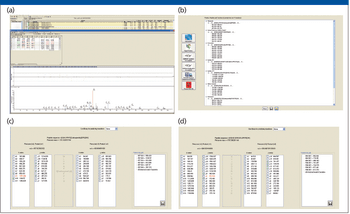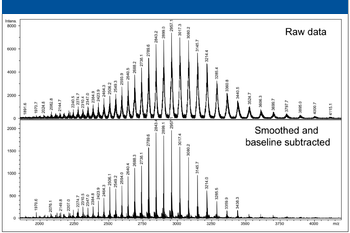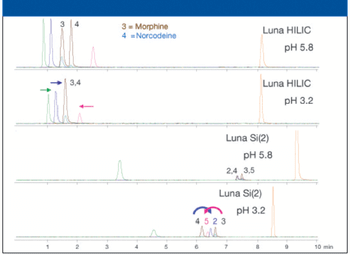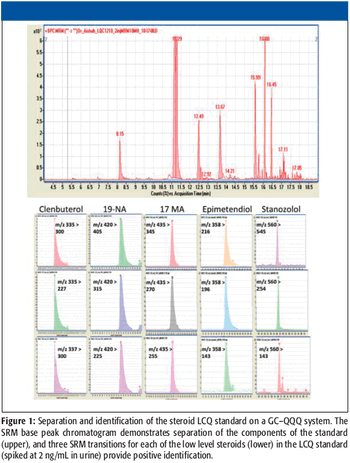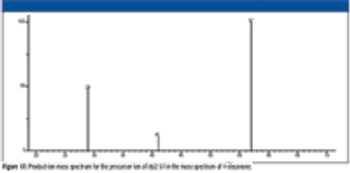
In preclinical development, the absolute quantification of peptides in biological matrices becomes a challenge due to the limited availability of stable label internal standards and affinity-based cleanup. This puts a renewed emphasis on matrix effects, especially for the bioanalysis of hydrophobic peptides. While the impact of matrix effects has been studied for extensively singly charged small molecules, their effect on multiply charged compounds has yet to be characterized fully. This article discusses initial results from matrix effect experiments in relation to the bioanalysis of hydrophobic peptides and techniques used to minimize matrix effects.

